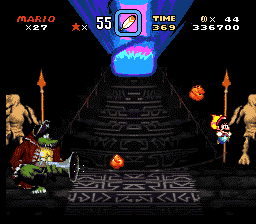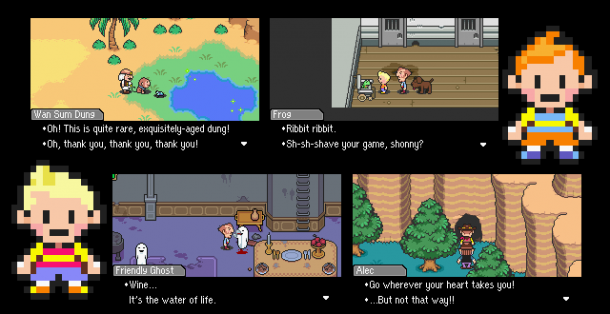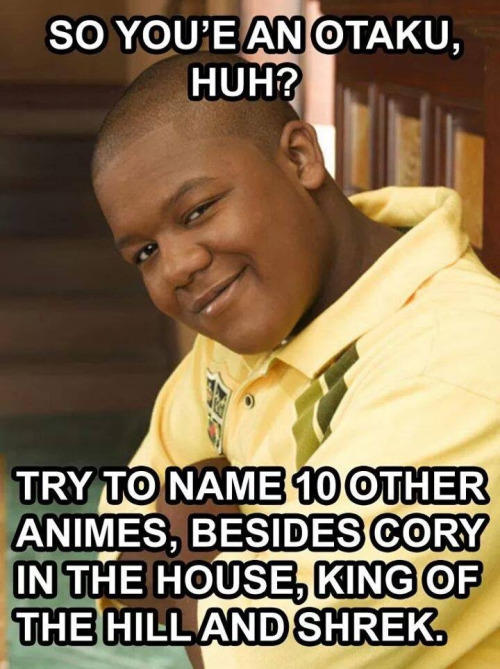NOTE: This page needs a lot of work. Assistance is needed for various aspects of research, including origin, spread, sources, and other manners, since the apparent size of the ROM hacking industry and lack of apparent recorded history leaves it difficult for work. Also note that this is my first entry on the site, so forgive it if it is still very rough. Please feel free to request editorship, make suggestions, and correct me in the comments if necessary.
![]()
About
ROM hacking is the process of altering the data of a video game to varying levels. The extent of a hack can range from minor alterations of graphics, sound, or gameplay mechanics, to creating almost entirely new games based on a pre-existing engine. The term “ROM hack” is mainly attributed to fan-made works and usually does not encompass official works that meet similar guidelines. Though the exact origin of ROM hacking remains currently unknown, ROM hacks have become highly notable in recent years though their showcasing online by various Let’s Players, and ROM hacking currently remains a popular aspect of the video game subculture through their distribution on various websites such as Vizzed.com and Romhacking.net.
Types of ROM Hacks
ROM hacks are capable of taking a variety of shapes or forms. The smallest degree of ROM hacks are patches, which provide token modifications to a video game. These include altering the graphics (as seen in hacks such as Super Mario 64 Retro Edition, which replaces the game’s textures with tiles from Super Mario Bros.), modifying gameplay mechanics (such as a patch for EarthBound that enables the ability to run by pressing a button), and/or sound effects/music. A more common variety of ROM hacks extensively edit the design of a game to create a brand new one that still utilizes the original work’s basic elements. Most hacks of this kind are based on the 1990 Super Nintendo Entertainment System launch title Super Mario World, with a variety of programs created for the sole purpose of modifying this one game.
Though the term “ROM hacking” is almost unanimously applied to fan-made modifications of pre-existing titles, numerous video game companies have utilized this practice for some projects, usually due to a low budget. The most notable “official” ROM hack of a game is the 1986 Famicom Disk System game Super Mario Bros 2, known as Super Mario Bros: The Lost Levels in American re-releases. The game is simply a modification of the original Super Mario Bros. in the same vein of most fan-made ROM hacks, though officially set in the same continuity as the main Super Mario series and engineered for more experienced players.
![]()
Creating a ROM Hack
The process of creating a ROM hack entails the use of a variety of tools and programs. A prime element of it is the use of a hex editor, which allows one to alter a game’s text and data to their desire. Since it is uncommon for a game’s text to be stored in ASCII format, numerous programs have been created to allow it to be converted into such or any other form of optimal convenience. Hex editors are also utilized for altering the various gameplay properties of sprites and (in rare cases) redesigning entire levels.
Another common element in the hacking process entails the modification of the game’s graphics. This mainly encompasses the alteration of pre-existing tiles & textures or the creation of entirely new ones, with 3D games commonly necessitating the creation of new models for levels. Like ROM hacking itself, the process can range from trivial modifications (i.e. Afro Bros) to the inclusion of characters & objects from other titles (i.e. Brutal Mario) to complete thematic alterations (i.e. Moemon).
![]()
![]()
![]()
Other aspects of ROM hacking include palette editing, level editing (often with customized level editor programs), music alterations, ROM expansion (increasing the amount of memory a ROM can hold) and assembly hacking. The latter is a complicated but universal format that allows virtually all possible ROM modifications that can fit within technical boundaries.
Origin and Spread
Though the exact origins of ROM hacking is unknown, the earliest known hacks of pre-existing games can be dated back to 1981, with the release of the titles Ms. Pac Man and the relatively obscure Donkey Kong II: Jumpman Returns, respectively based on their pre-existing prequels. Since then, the practice of ROM hacking was used to easily create new games with a relatively low budget.
Meanwhile, the advent of fan-made ROM hacks still continues to remain unknown. However, what is clear is their recent rise to prominence. In 2007, three members of the Something Awful forums-- ProtonJon, Psychedelic Eyeball, and Wugga-- created a video playthrough of the Super Mario WorldROM hack Kaizo Mario World, a hack infamous for what is considered “platform hell” (intense difficulty brought along by cheap tricks and level designs meant to exploit obscure gameplay techniques or turn common ones into hazards). The popularity of the playthrough on YouTube motivated ProtonJon to perform several more blind runs (video playthroughs of game he hadn’t yet played) of Super Mario WorldROM hacks on the site, many emulating the platform hell formula of Kaizo Mario World. Because of the popularity of these playthroughs and the large surge in ROM hacking and its own popularity following the initial playthrough of Kaizo Mario World, ProtonJon is often credited with popularizing Super Mario WorldROM hacks, along with ROM hacks in general.
Due to the popularity of the original Kaizo Mario World playthroughs, numerous other people have since emulated the practice, with ROM hack playthroughs encompassing a whole genre of Let’s Playing. Furthermore, ROM hacks continue to be distributed online through numerous websites specifically designed to allow the downloading or playing of ROMs, oftentimes exclusively featuring ROM hacks.
Notable ROM Hacks
Aside from the infamous Super Mario World hack Kaizo Mario World and its sequels, other ROM hacks have risen to considerable levels of popularity. They are as follows:
- Super Mario Bros: The Lost Levels (ROM hack of Super Mario Bros. officially released by Nintendo)
- Super Mario Star Road (ROM hack of Super Mario 64)
- The Legend of Zelda: Parallel Worlds (ROM hack of The Legend of Zelda: A Link to the Past)
- Pokémon Liquid Crystal (ROM hack of Pokémon FireRed, designed as a fan remake of Pokémon Crystal)
- The All New Punch-Out!! (ROM hack of Mike Tyson’s Punch-Out!!)
The Unofficial MOTHER 3 Fan Translation
![]()
![]()
![]()
The Unofficial MOTHER 3 Fan Translation is another ROM hack of high notability and popularity, though not of the same extent of modification as the ones listed above. As the name implies, it alters the text of the Japan-only Game Boy Advance RPGMOTHER 3, translating it from Japanese to English. The hack was mainly developed by Clyde “Tomato” Mandelin and several other members of the Starmen.net forums in response to Nintendo of America’s refusal to localize MOTHER 3. The hack received widespread attention when it was first released, and its ongoing popularity among MOTHER fans has led the translation to be treated as official. The hack more or less popularized MOTHER 3 among Western audiences, and has repeatedly been the subject of Let’s Plays.


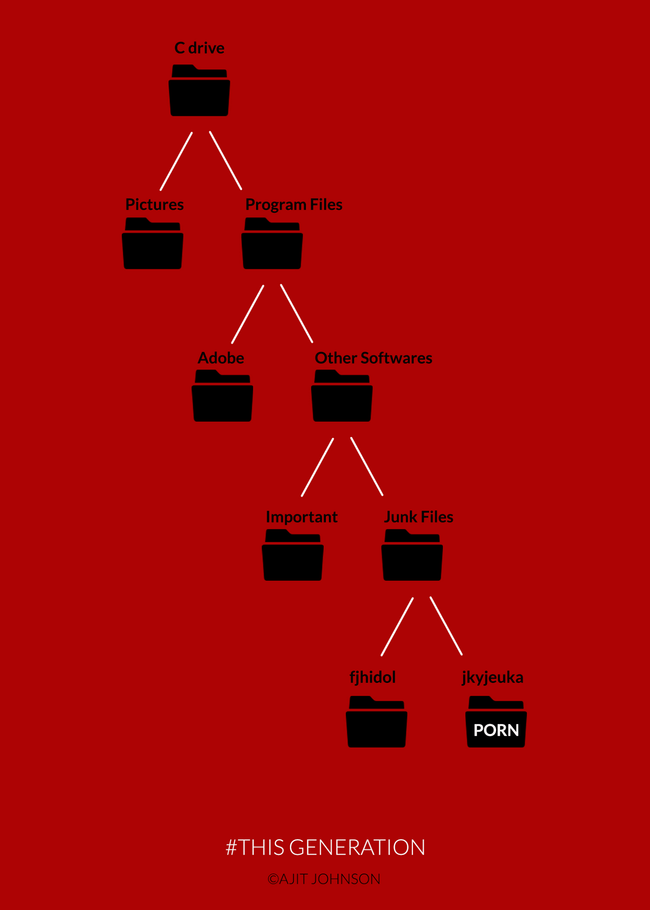
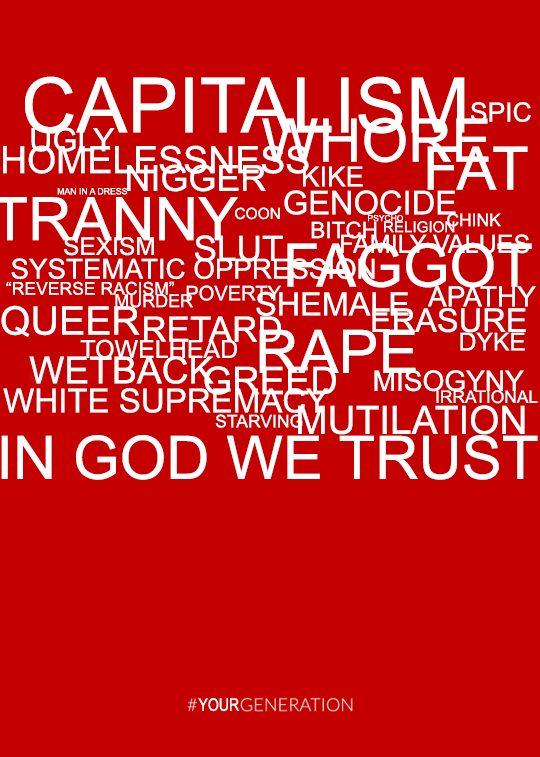

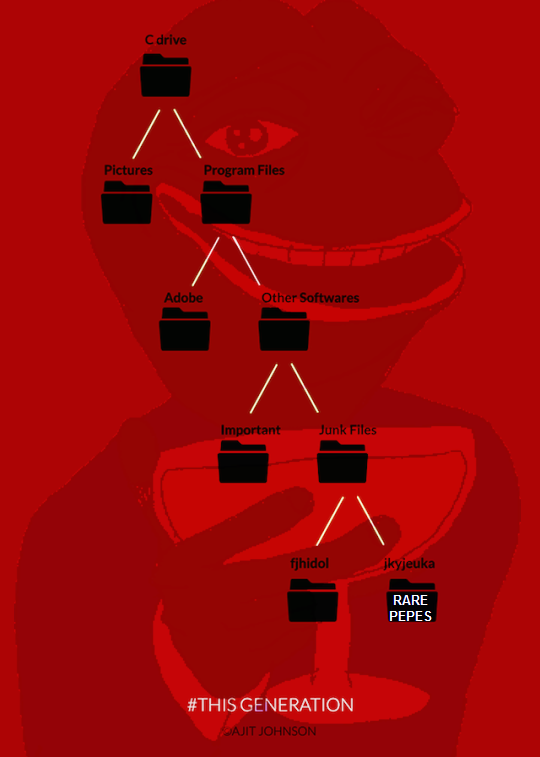

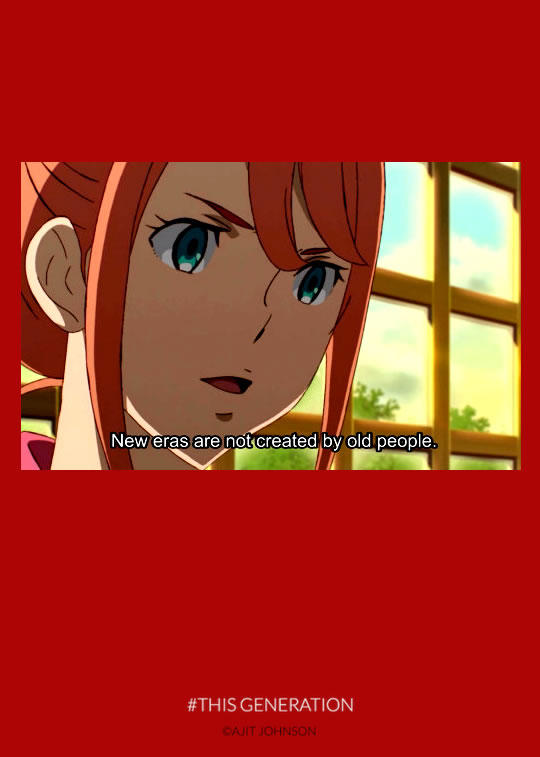
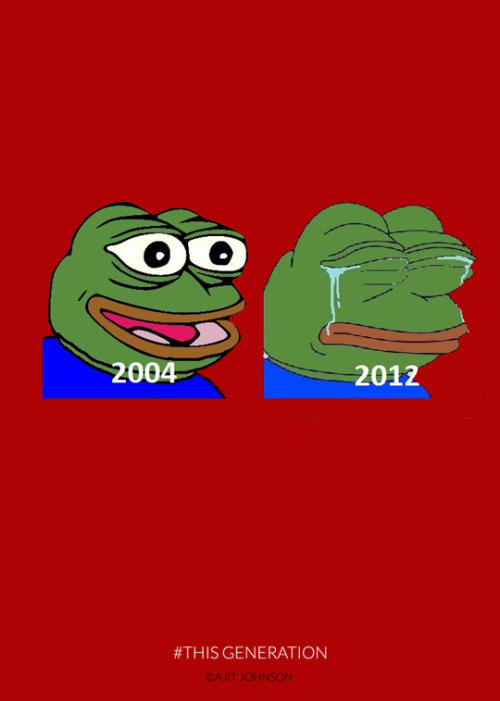
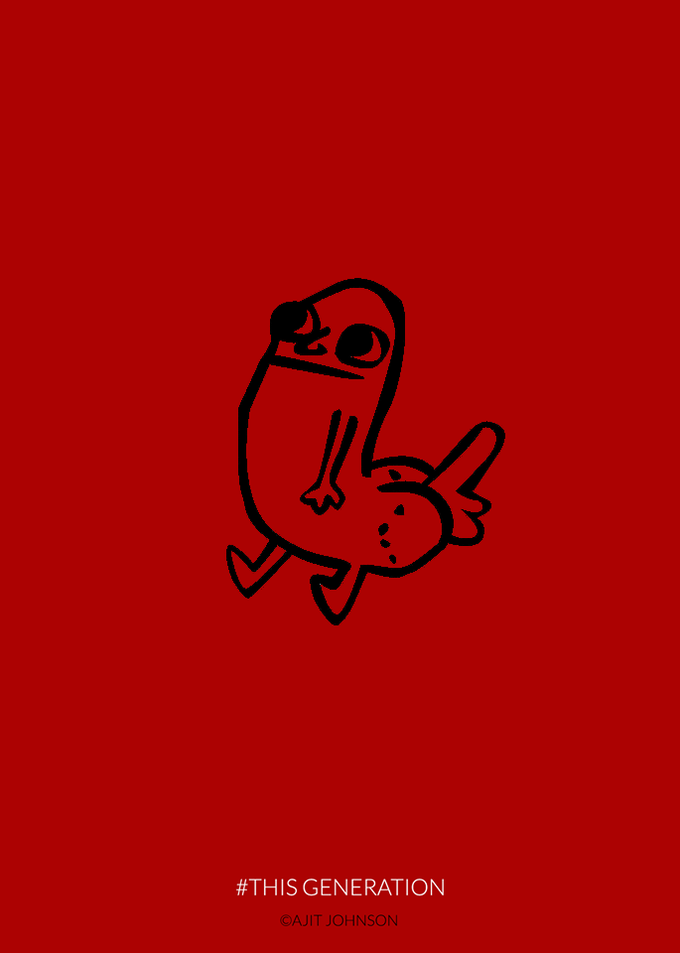


















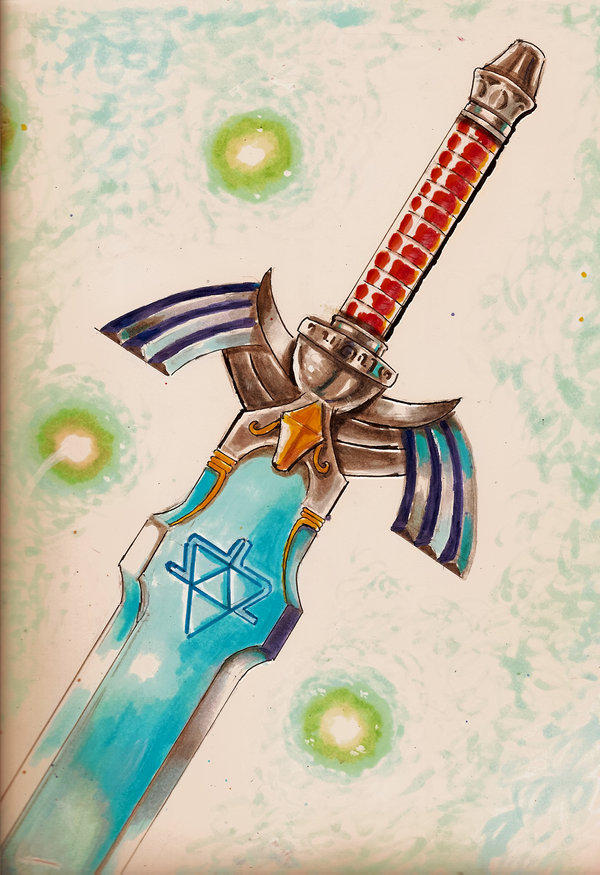








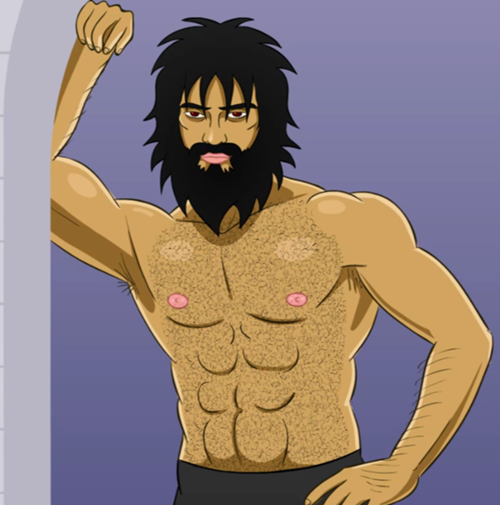








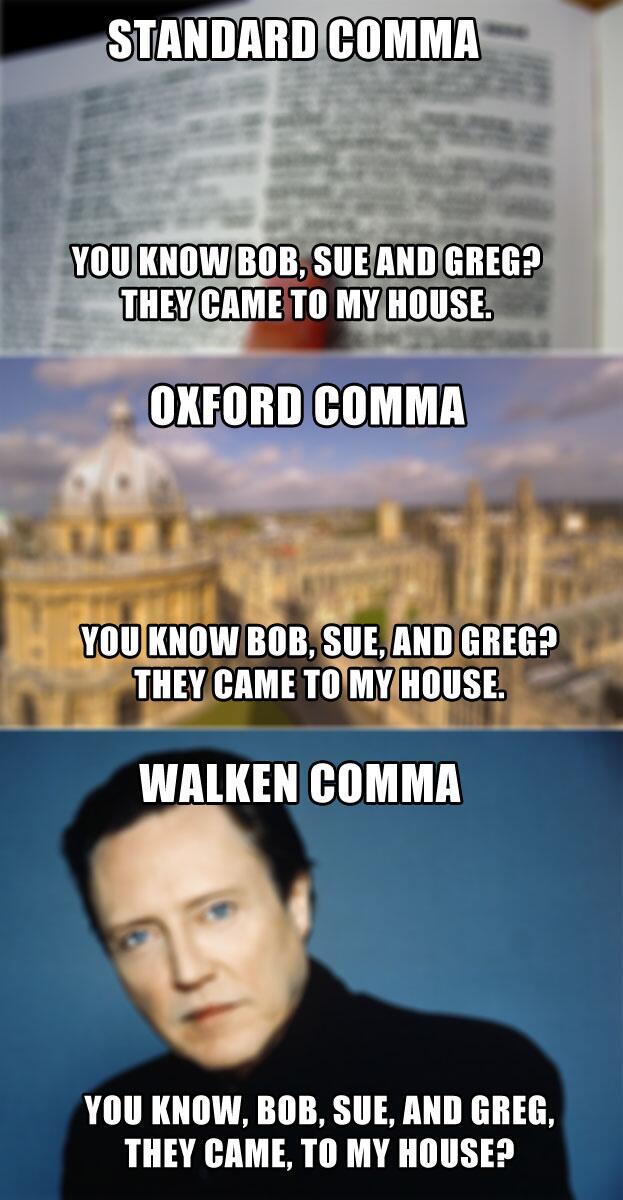
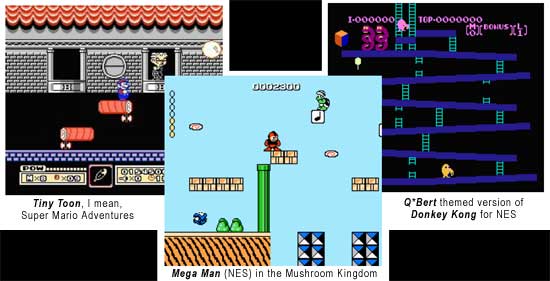

.png)
